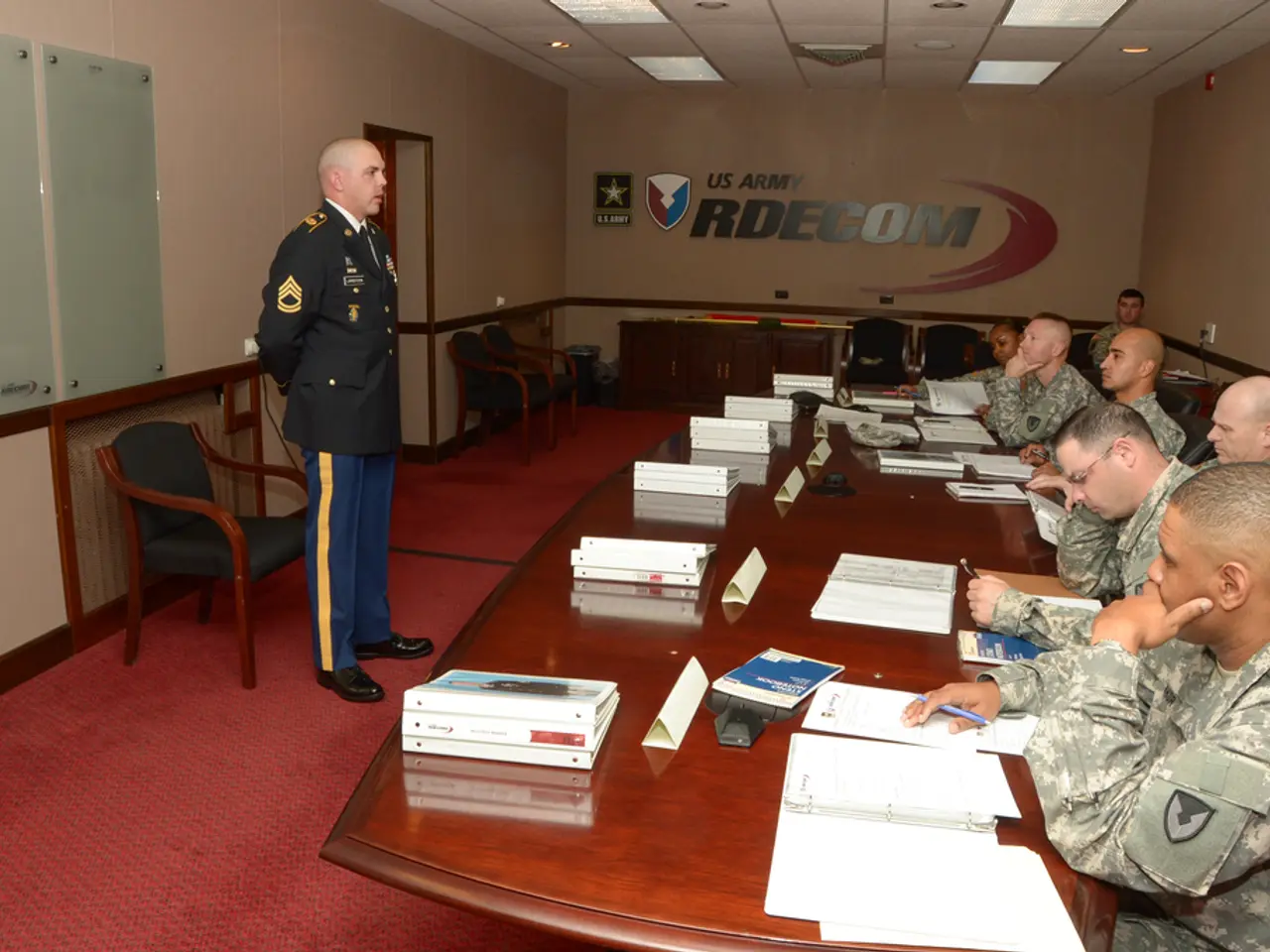Restore Publication of Periodicals at Branches
In the ever-evolving landscape of military strategy and conflict, the importance of adaptability and innovation cannot be overstated. This is particularly true for the Army's professional journals, which serve as vital platforms for debate, discussion, and the dissemination of knowledge.
The demise of Special Warfare magazine serves as a stark reminder of the consequences of failing to adapt. In contrast, the success of the Irregular Warfare Initiative underscores the benefits of embracing modern approaches, as it thrived by focusing on legitimacy-building, flexibility, and innovative, multi-domain strategies.
The Irregular Warfare Initiative's success can be attributed to its comprehensive support, which encompassed military, governance, and aid efforts. This approach, which included U.S. AFRICOM’s support for partner nations in West Africa that combined equipment, training, and logistical aid with governance programs led by USAID and the State Department, demonstrated a multifaceted approach aligned with new strategic definitions of success beyond just combat outcomes.
In contrast, Special Warfare magazine, as a traditional professional military journal, struggled with relevance and modernization at a time when media platforms have diversified beyond print. The need for digital, multimedia, and interactive engagement to capture and retain the professional military audience became increasingly apparent.
To survive and thrive in the modern era, the Army's branch magazines must modernize into multiplatform outlets. These outlets should be built around a core of contributing officers, fostering professional debate and improvement.
Reforming the Army's professional journals into modern, multiplatform outlets requires embracing digital transformation, incorporating real-time, on-demand content, promoting diverse author platforms and voices, facilitating community building and interactive discussion, leveraging analytics and feedback, partnering with military education institutions and commands, and fixing article indexing for future research.
A promising approach to achieving this transformation is by training military students as junior editors and encouraging them to continue as volunteer editors when they return to the force. The best place to pilot this style of editorial team is at the branch centers of excellence, mirroring the way law schools structure their legal journals.
This model would involve students in captains career courses who test well in writing moving into a writing elective or volunteer program that equips them to edit articles for their branch magazines. After training, the volunteers would solicit, select, edit, and publish articles with support from the branch's public affairs professionals.
Volunteers could also manage the outlet's social media presence and ensure it continues to reach its intended audience. Establishing the external editorial board and recruiting and training volunteers would likely take six to nine months.
Fixing article indexing is crucial to preserve articles for future research and make them easily accessible to students in professional military education, doctrine writers, and others. Indexing and adding modern metadata tags compliant with research tools like Zotero will ensure articles are easily accessible.
The Army should take steps to galvanize change, such as adding the Army's publications to the incoming chief of staff's list of transition team priorities, convening a publication summit, and revising Army Pamphlet 25-40 to facilitate the transition to more modern formats. At the branch level, leaders should reorganize their magazines into multiplatform outlets with a volunteer editorial team.
In conclusion, the durability of the Irregular Warfare Initiative stems from its modernized, multidimensional operational approach aligned with evolving conflict realities, while Special Warfare magazine’s insufficient adaptation caused its decline. Army professional journals must invest in digital, interactive, and audience-responsive reforms to survive and thrive as modern multiplatform professional outlets. It's time for all services to take a hard look at their professional publications.
- In light of Special Warfare magazine's demise, the importance of adaptability and innovation in military publications isunderscored, particularly when it comes to leading and adapting to the changing landscape of military strategy and warfare.
- The array of modern approaches embraced by theIrregular Warfare Initiative, including legitimacy-building, flexibility, innovative multi-domain strategies, and a comprehensive approach that encompasses military, governance, and aid efforts, demonstrates the need for defense and military leaders to adapt their leadership styles to remain relevant in the modern era.
- The modernization of Army's branch magazines as multiplatform outlets requires a shift towards digital, multimedia, and interactive engagement that caters to the professional military audience, as well as leveraging analytics and feedback, partnering with military education institutions, and promoting diverse author platforms and voices.
- To achieve this transformation, military education institutions could play a crucial role in training future military officers as junior editors for the branch magazines, providing them with the necessary skills to contribute to professional debate, discussion, and dissemination of knowledge through their publications.
- The success of the Irregular Warfare Initiative, as well as the decline of Special Warfare magazine, highlights the necessity for career development within the military sector, including a focus on education-and-self-development, as well as the strategic use of social media and entertainment to further cultivate a professional and engaged audience.




